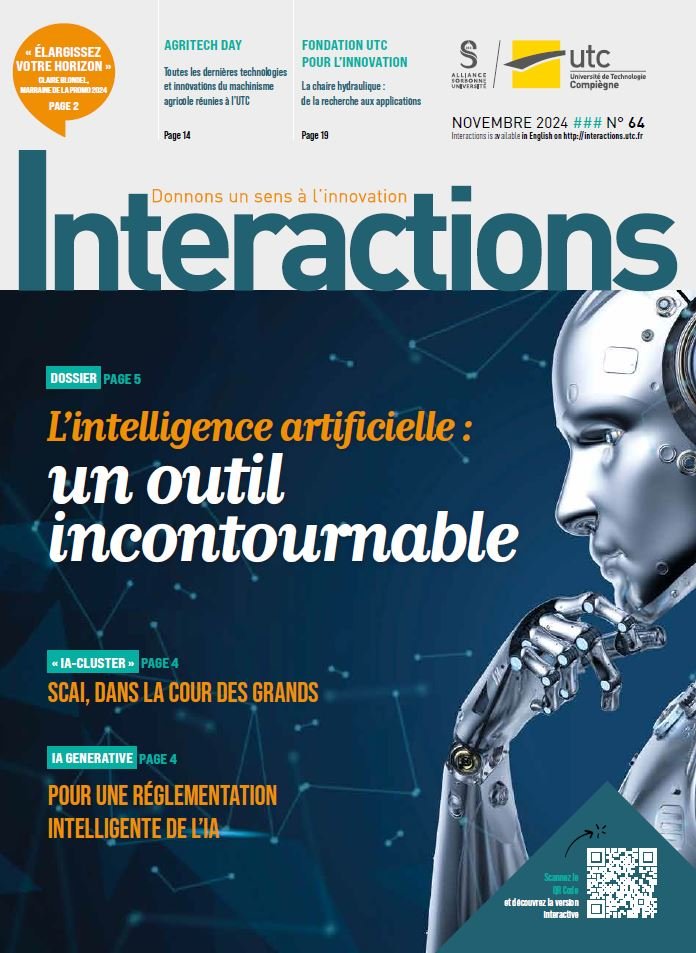A photovoltaic parking lot canopy

When you visit the UTC Daniel Thomas Innovation Centre, you will notice some new photovoltaic panel (PV) canopies over the parking places. They represent a first stage set-up of the STELLA platform (Smart Transport and Energy Living Lab) of the UTC-AVENUES Laboratory, a project finically supported inter alia sources by the FEDER (EU regional fund) and by the French Hauts-de-France Region. The objective is to test solar-powered photovoltaic canopies for electric vehicle recharges.
A photovoltaic parking lot canopy
Recharging a growing number of all-electric vehicles presents a challenge for the current national grid, i.e., to provide for this extra demand, especially at peak hours. To meet such intermittent increases in demand, we need today to bring thermal power stations on line, knowing that these are high CO2 emitters. Widening the scope of possible energy sources therefore becomes a major priority and challenge. Generating PV-sourced electricity for local consumption can thus be an attractive solution for urban locations. Since 2010, Fabrice Locment, a UTC research scientist and lecturer in electrical engineering, head of the STELLA platform has been working with Manuela Sechilariu, Director of the UTC-AVENUES Laboratory on the topic of ‘smart’ micro-grids that can handle the electricity generated by PV canopies over parking lots. Thanks to smart algorithms coupled to power electronics devices, the system regulates generation to balance consumption. If no vehicle is being charged, or if there an excess production, the excess can be stored chemically in batteries (external to the vehicles) or can be used to complement electric consumption of nearby buildings. If, in contradistinction, the consumption exceeds generation, power can be taken from the national grid. STELLA exemplifies concrete experimentation of the concept. “The first PV canopy set-ups of this kind were installed and tested on parking lots outside supermarket shopping malls but with the aim only to sell back electricity to the grid authorities. But with STELLA, the production will be consumed on the spot and moreover in a direct (DC) use mode of current”, details Fabrice Locment. Local “self-consumption” lowers the overload factor and risk of instability in the national grid and also allows operators to avoid power losses due to transmission and DC/AC conversion.A full-scale experiment
The UTC-AVENUES Laboratory has among its objectives to entirely cover the hundred or so parking places in front of the UTC Daniel Thomas Innovation Centre. With a nominal total power of 30 kW, the canopy set-up today can already recharge a Renault ZOE very rapidly. This campus installation serves to reinforce the relevance of UTC having a fleet of electric vehicles to interconnect its 4 sites for logistic purposes as well as electric bikes (or other electric vehicles) for students and staff. Any excess production can be used in the Innovation Centre or forwarded to the national grid. UTC-AVENUES as an interdisciplinary laboratory will be led to studying numerous associate topics thanks to a smart micro-grid, such as battery ageing factors, automatic outlet hook-ups for driverless vehicles, architectural and urbanistic integration of the PV panels, regulations, social acceptability and behaviours of and with these new forms of equipment, in liaison with the UTC Costech Laboratory. Partnerships with several car-manufacturing companies are being finalized currently. Participation in the Institute for Carbon-free, Communicating vehicles and Mobility (VEDCOM) which already enjoys collaborations with UTC-Heudiasyc and UTC LEC Laboratories, would also represent an excellent opportunity.




